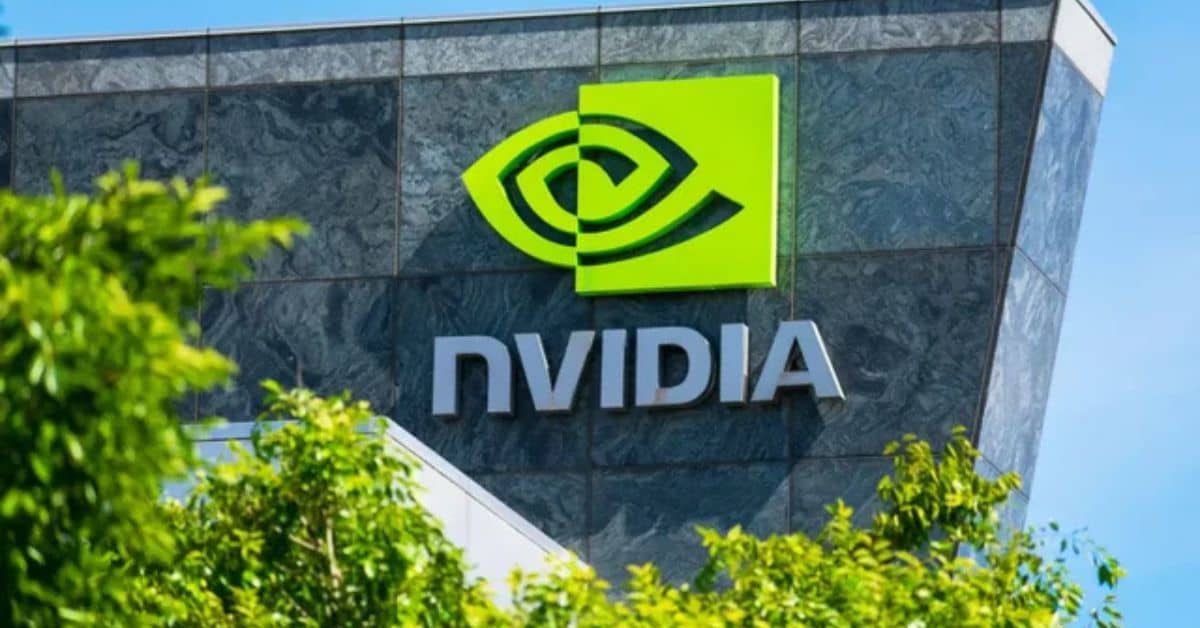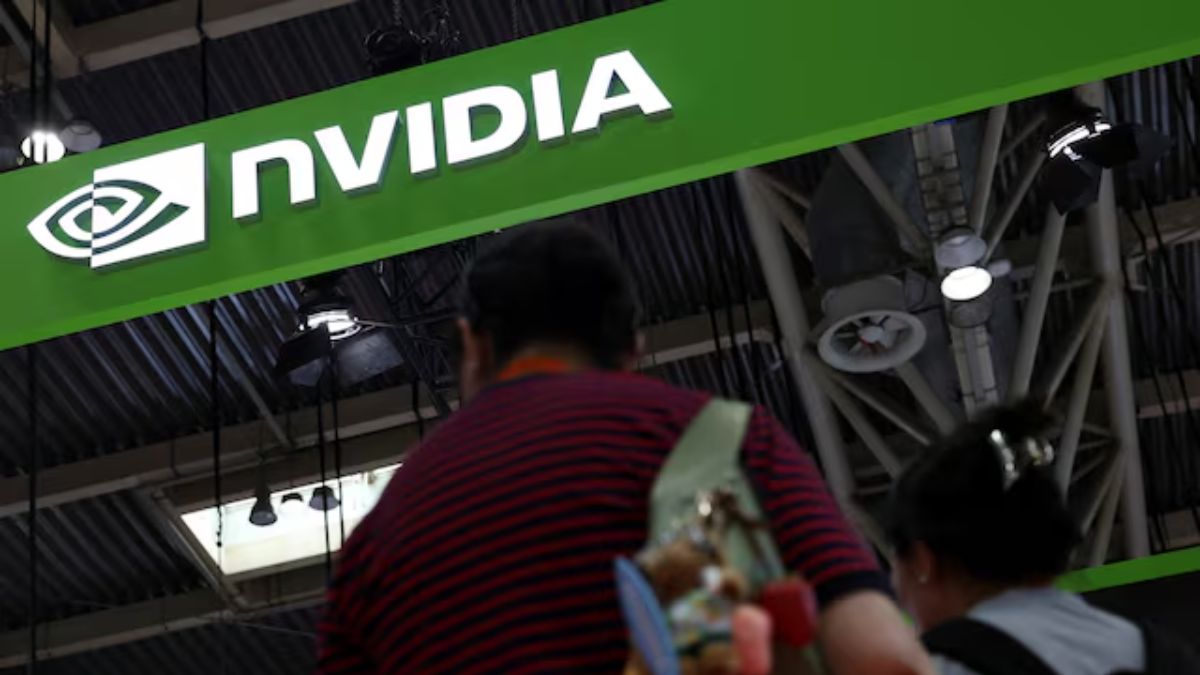Nvidia’s dominance in the artificial intelligence (AI) chip market has cemented its position as a leader in the tech industry, with its accelerators driving 88% of the company’s revenue.
Grand View Research forecasts a compound annual growth rate of 29% for the AI chip industry through 2030, and Nvidia is poised to capitalize on this growth.
Innovations such as its CUDA software platform and new products like AI-powered humanoid robotics and self-driving car technology further reinforce its leadership.
Despite these strengths, Nvidia’s valuation raises concerns. The company reported $35 billion in revenue for fiscal Q3 2024, a 94% increase year-over-year, and net income surged by 109%.
However, its price-to-sales ratio of 30 and price-to-book value of 51 highlight how expensive the stock has become compared to peers like AMD, which trades at just over three times book value.
Nvidia’s high valuation makes it vulnerable to the cyclical nature of the semiconductor industry, especially if demand for its $30,000 AI accelerators wanes.
The company has experienced significant pullbacks in the past, with two 50% declines in the last seven years.
While Nvidia’s innovation and market dominance suggest long-term growth potential, its current valuation and the potential for a down cycle make it a hold rather than a buy.
Investors should weigh the risks of overpaying for the stock against the company’s prospects for sustained leadership in AI and emerging technologies.













